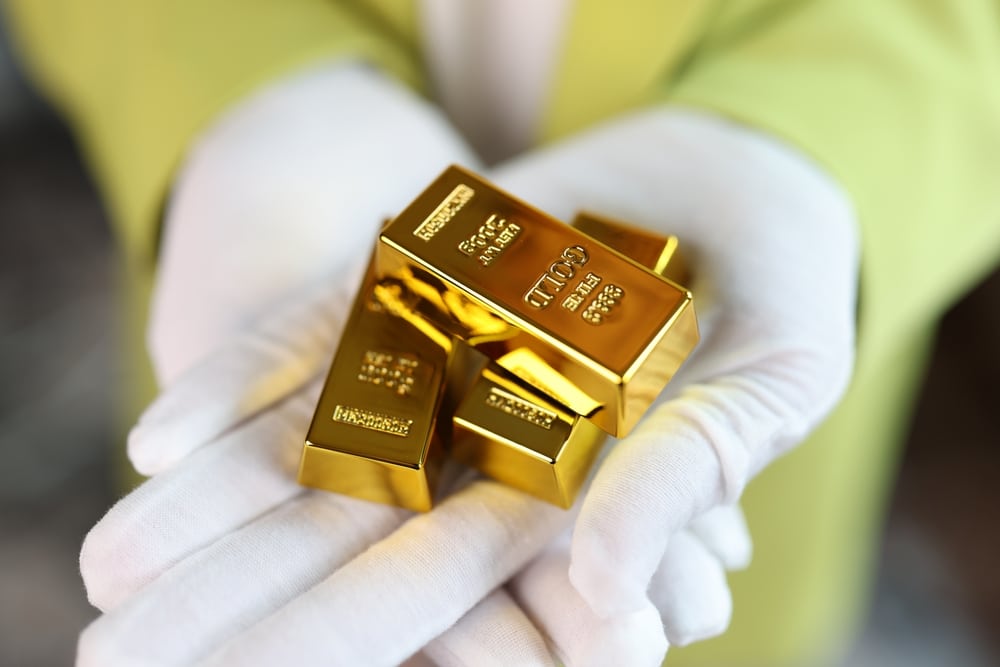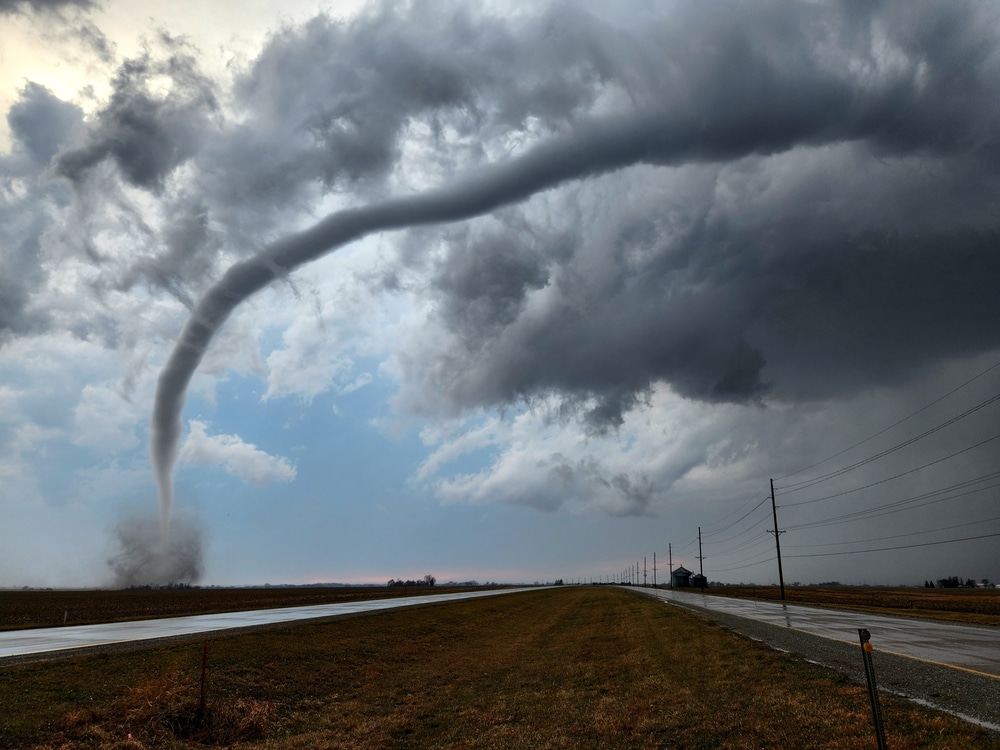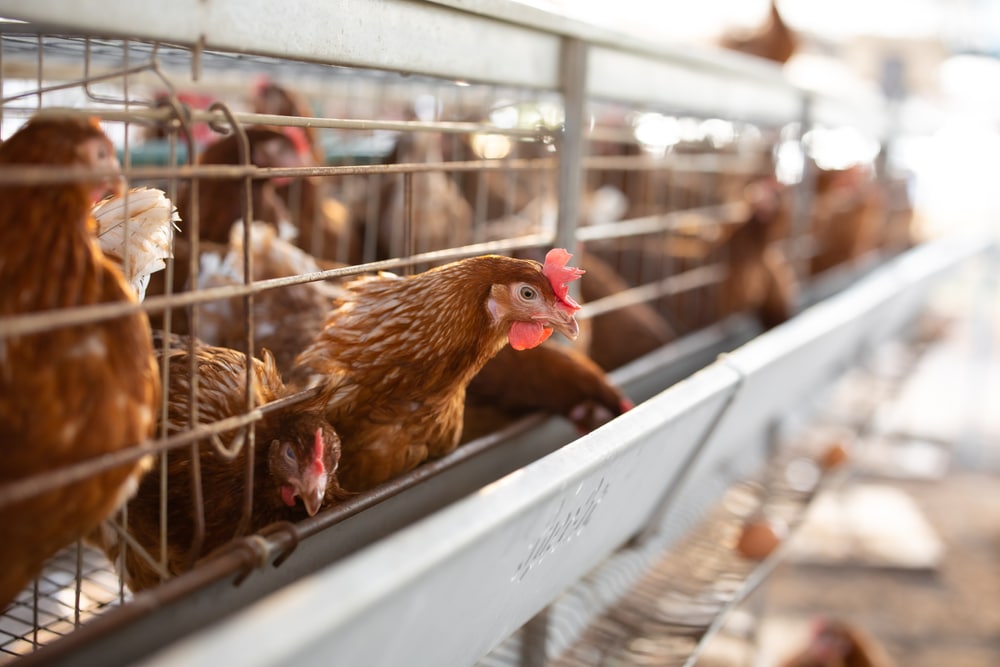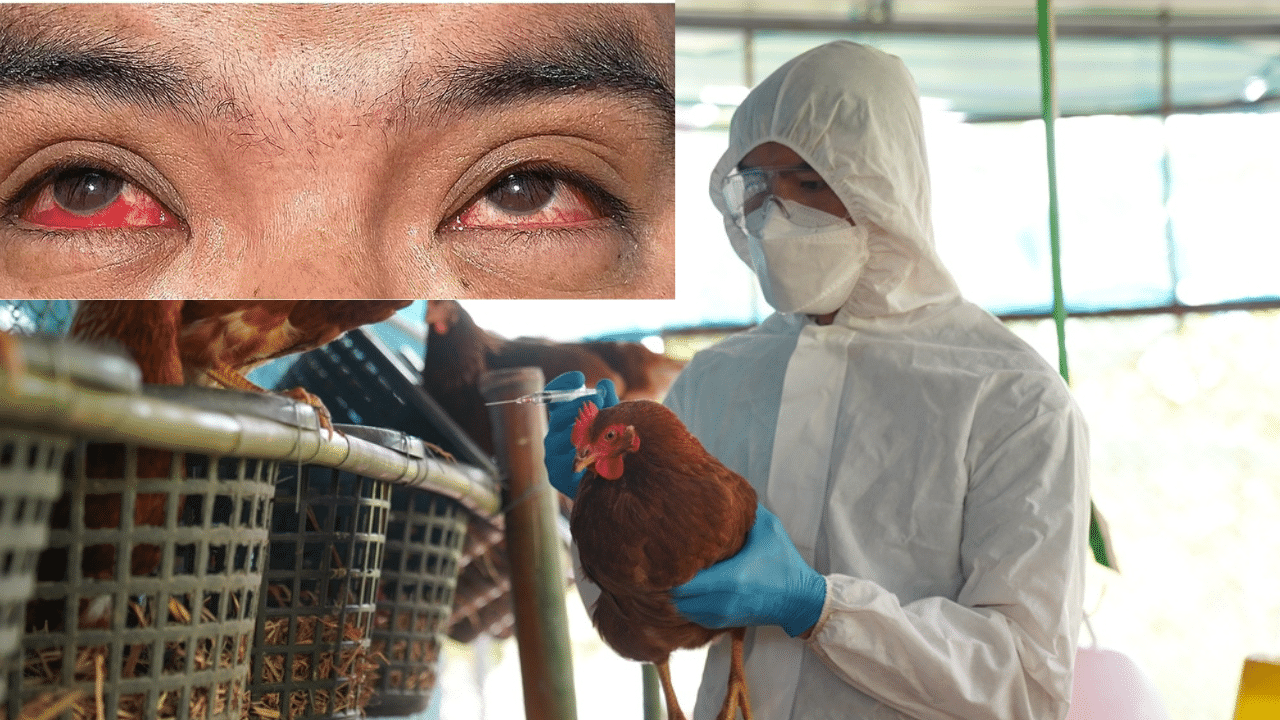A company aiming to bring extinct animals back from the dead said it has taken an elephant-sized step toward genetically resurrecting the woolly mammoth, a wild if contentious goal to repopulate the Arctic tundra with a missing titan.
Colossal Biosciences, a biotechnology company based in Dallas, announced Wednesday it has produced a line of Asian elephant stem cells that can be coaxed to transform into other types of cells needed to reconstruct the extinct giant — or at a least a mammoth-like elephant designed to thrive in the cold.
“It’s probably the most significant thing so far in the project,” said George Church, a Harvard geneticist and Colossal co-founder. “There are many steps in the future.”
For proponents, bringing back vanished animals is a chance to correct humanity’s role in the ongoing extinction crisis. Breakthroughs in their field, they say, may yield benefits for animals still with us, including endangered elephants.
Yet the technical challenges of birthing into the world a living, breathing mammoth remain, well, colossal. And the project raises hairy ethical questions: Who decides what comes back?
Where will the reborn species go? Could the money be better spent elsewhere? And how hard will “de-extinction,” as the revival efforts are known, be on the animals themselves?
“The lack of knowledge is the thing that worries me about the welfare of animals,” said Heather Browning, a philosopher at the University of Southampton in England and a former zookeeper.
During the last ice age, the woolly mammoth owned the top of the world, plodding across Eurasia and North America and as far south as the modern-day Midwest.
As the creatures died out 4,000 years ago, some carcasses froze over in icy tundra that preserved not only their bones but also their flesh and fur, giving paleontologists the chance to collect DNA fragments. Some mammoth meat was so well kept that at least one adventurous researcher has eaten it.
By 2015, scientists sequenced its genetic blueprint well enough to offer a potential manual for remaking a mammoth. But to test what exactly each of these genes do — which give the beast their curved tusks, fatty build and, of course, thick fur — Church wants elephant stem cells in which he could engineer mammoth DNA and grow tissue samples.
Scientists have produced such stem cells in the lab for other animals, including humans, mice, pigs and even rhinos. But for years, getting the right elephant stem cells to test all those cold-climate characteristics proved elusive, in part because elephant cells’ ability to avoid cancer made reprogramming them difficult.
Colossal said they have produced the stem cells they need by suppressing the anti-cancer genes and bathing the cells in the right chemical cocktail. Colossal published a preprint Wednesday that is not yet peer-reviewed. The company said it is working to place the study in a peer-reviewed scientific journal.


















